News
March 2025
Green2Ice Annual Meeting 2025 in Brussels
The 2025 Annual Meeting for Green2Ice was held in Brussels March 19-21. This meeting, held at the end of the second year of the project, had more than 30 participants. At the meeting it was clear that this project benefits from a strong representation of different analysis methods and highly dedicated scientists of any carreer stage from very early to very experienced. Thank you to everyone for a pleasant and constructive meeting.
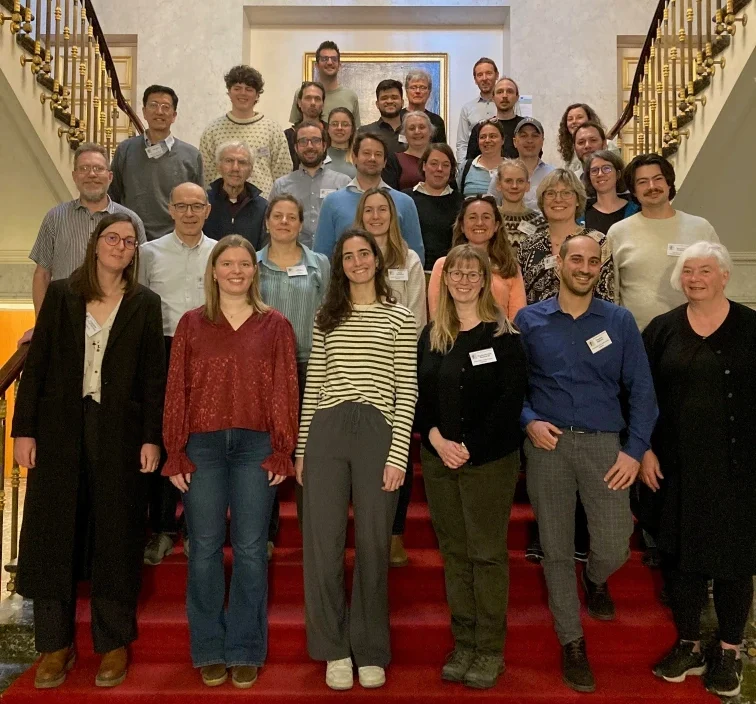
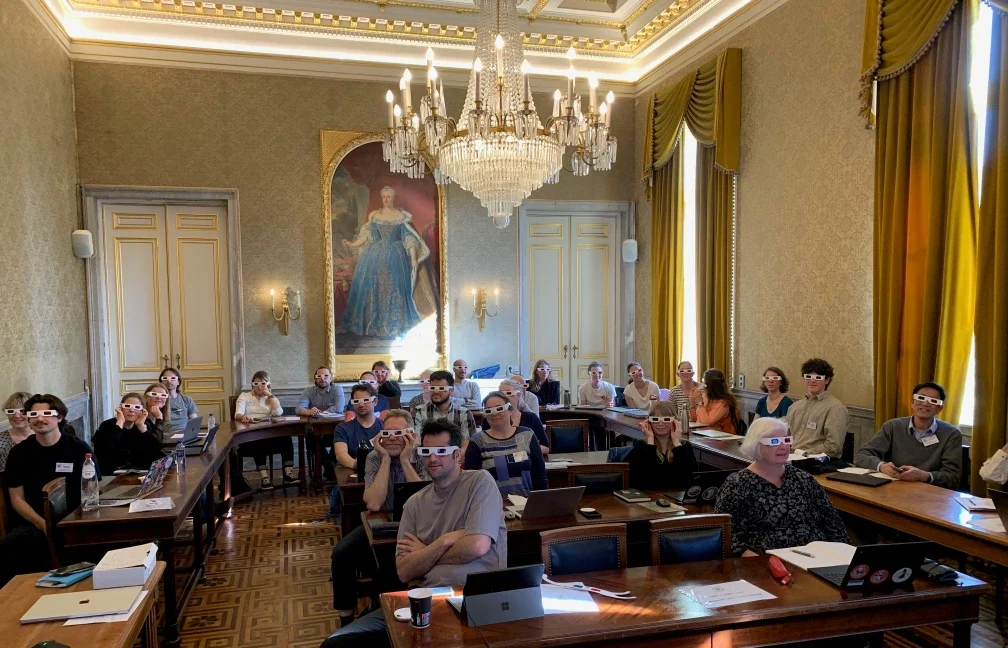
November 2024
Cutting samples for 81Kr dating from several deep ice cores
Several weeks of discussions and planning culminated in a cutting campaign taking place in the ice core freezer in Copenhagen this months. We cut samples from the ice cores from Camp Century, Dye-3, GRIP, NEEM and Renland. The samples will be sent to LSCE in France, where the tiny amounts of trapped atmospheric gas will be extracted from the ice. This gas will then be sent to the University of Science and Technology of China, where the amount of 81Kr in the gas will be measured and used to date the ice.
All the samples were taken from the very bottom part of the cores where the stratigraphy has been compromised. Thus the81Kr dating could provide key insights into the early history of the Greenland ice sheet.


October 2024
Joint workshop with GreenDrill at Lamont-Doherty Earth Observatory
This three-day workshop in the beginning of October, brought together researchers, students and technicians involved in the ERC Green2Ice and the NSF GreenDrill projects. It was a very successful meeting where we shared results from this year’s field seasons and planned future collaborations.
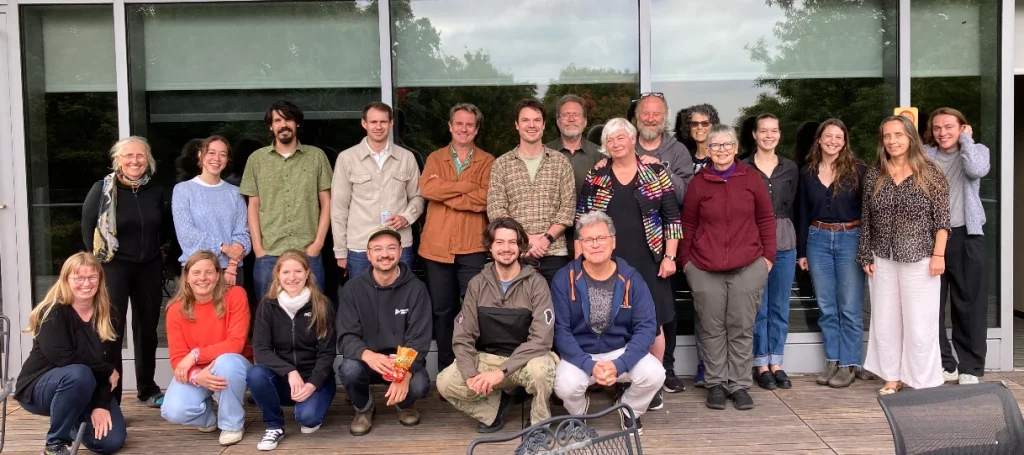
September 2024
‘Stories Trapped in Ice’
Stories Trapped in Ice is an open air photography exhibition on display in Copenhagen in connection with the 2024 European Polar Science Week. It showcases scientific efforts to understand and monitor our planet’s polar regions. Among the photographs are pictures of ice cores and camp life at EastGRIP as well as Green2Ice scientists cutting samples in the cold room in red light conditions.
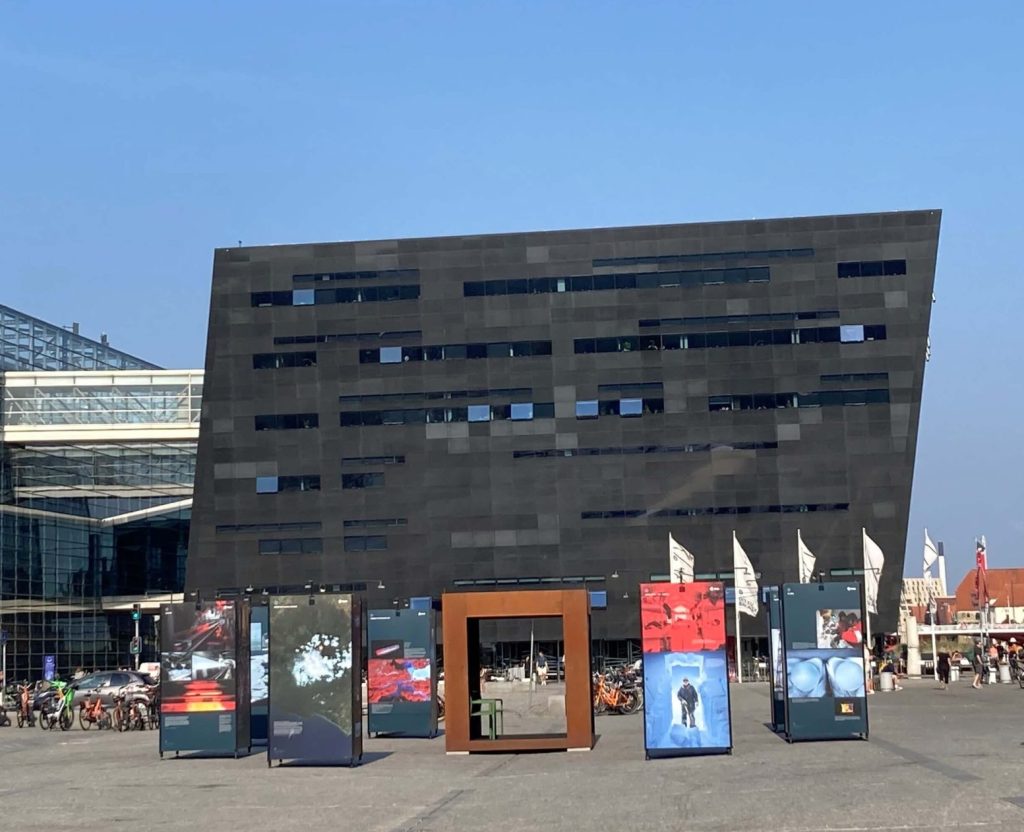
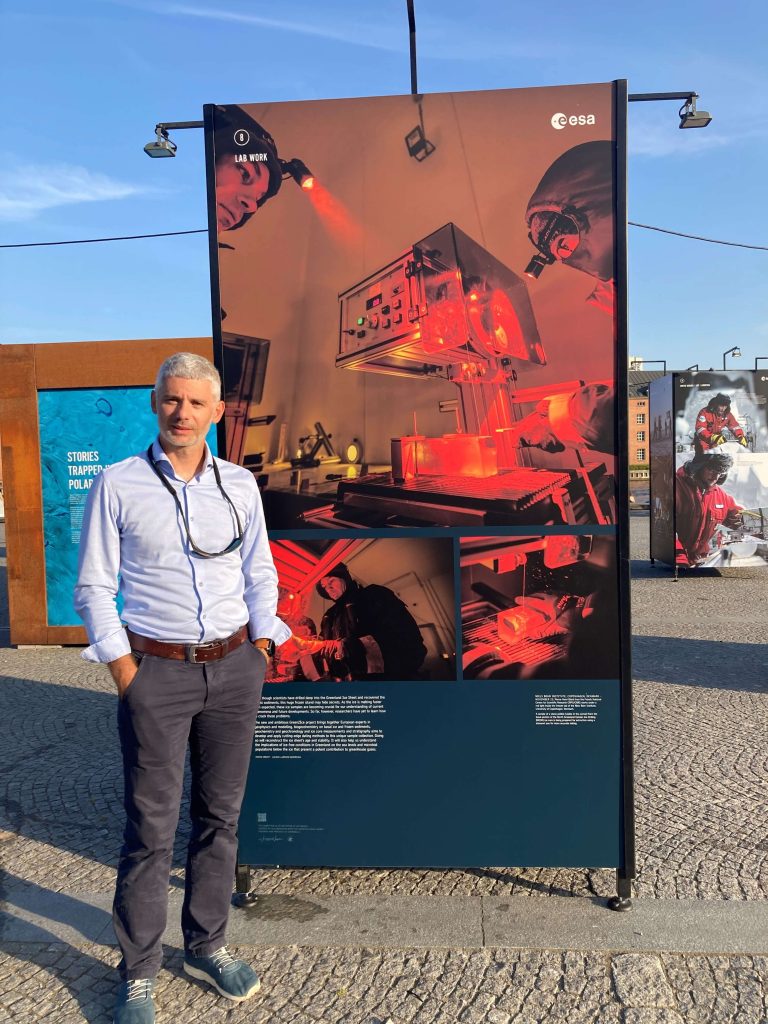
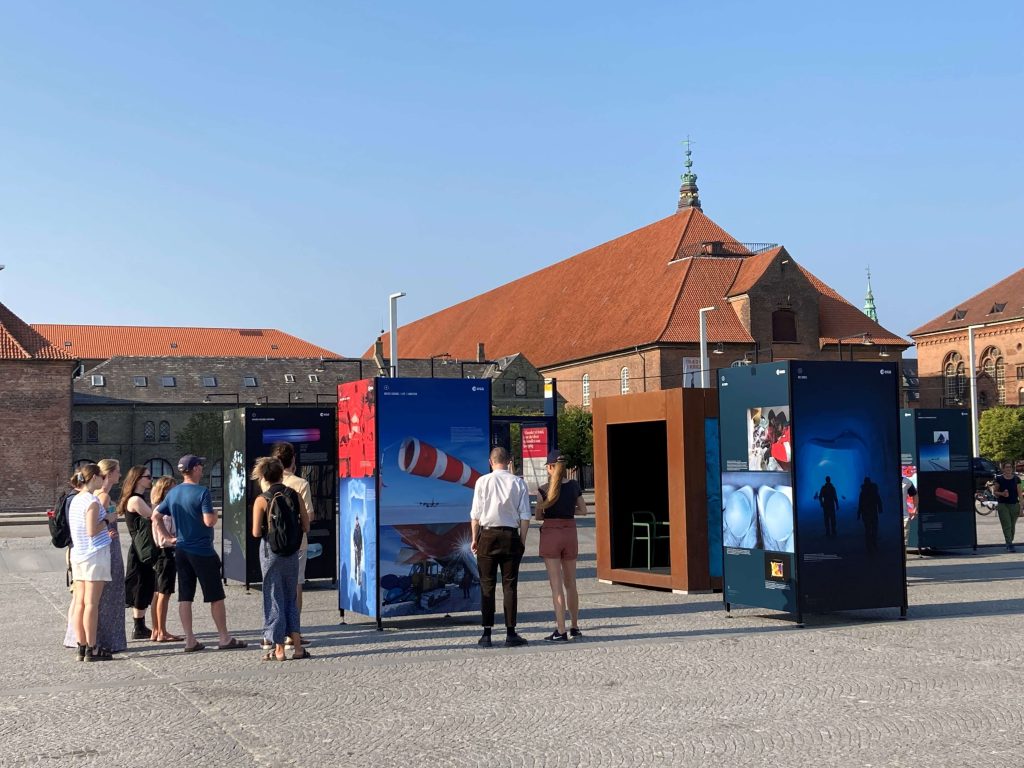
May 2024
Green2Ice Expedition: The Search for the GRIP Borehole
In the period May 1-10, a team of 3 people based at Summit Station conducted a thorough search for the GRIP borehole.
The team made almost daily snowmobile trips to GRIP that is located 27 km from Summit Station. Some days, temperatures were as low as -39°C.They brought with them a GPR radar and a magnetometer to locate some of the old structures under the snow surface and shovels to dig out the borehole casing.
The team were able to locate several structures from the old camp that is now buried under several meters of snow. However, it was not possible to find the borehole during the time they had on the site.
After the end of the expedition, the collected data has been analyzed further, at we have a good estimate for the present day location of the borehole, and during the coming months, we will make a plan for the next effort to find and access the borehole.
You can read more about the expedition in the field diaries from 2024.
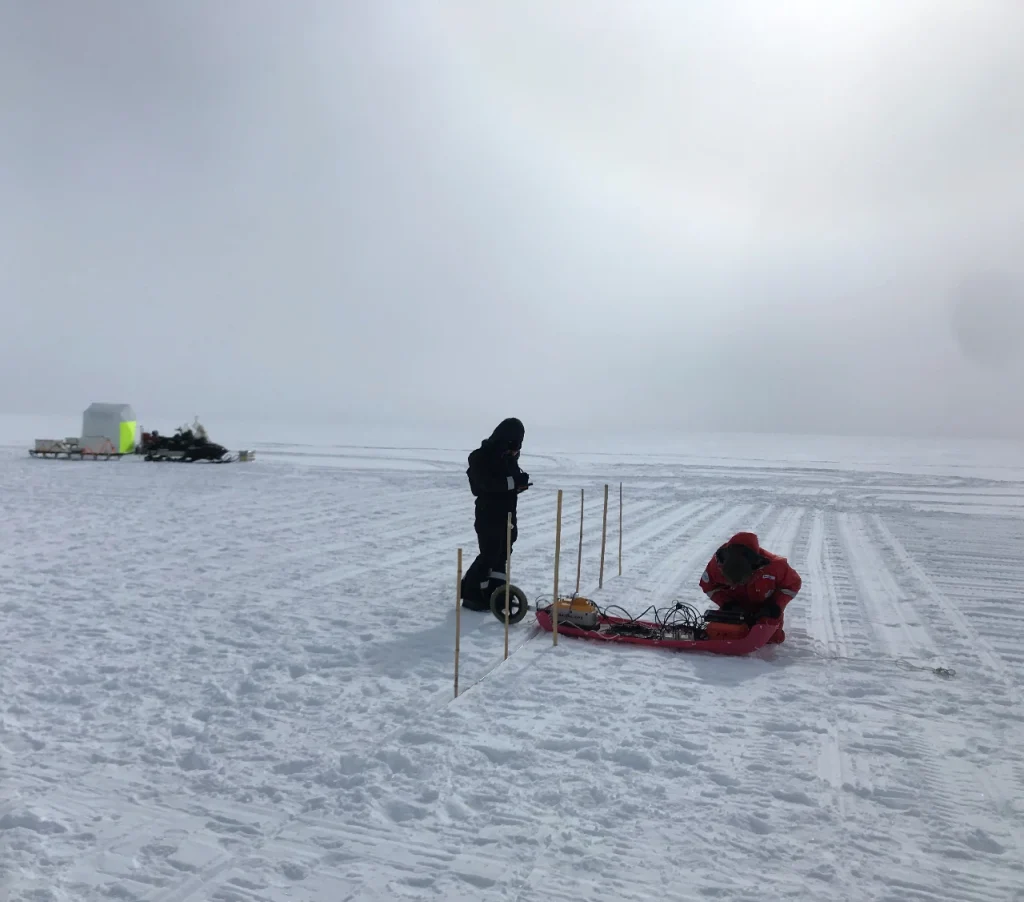
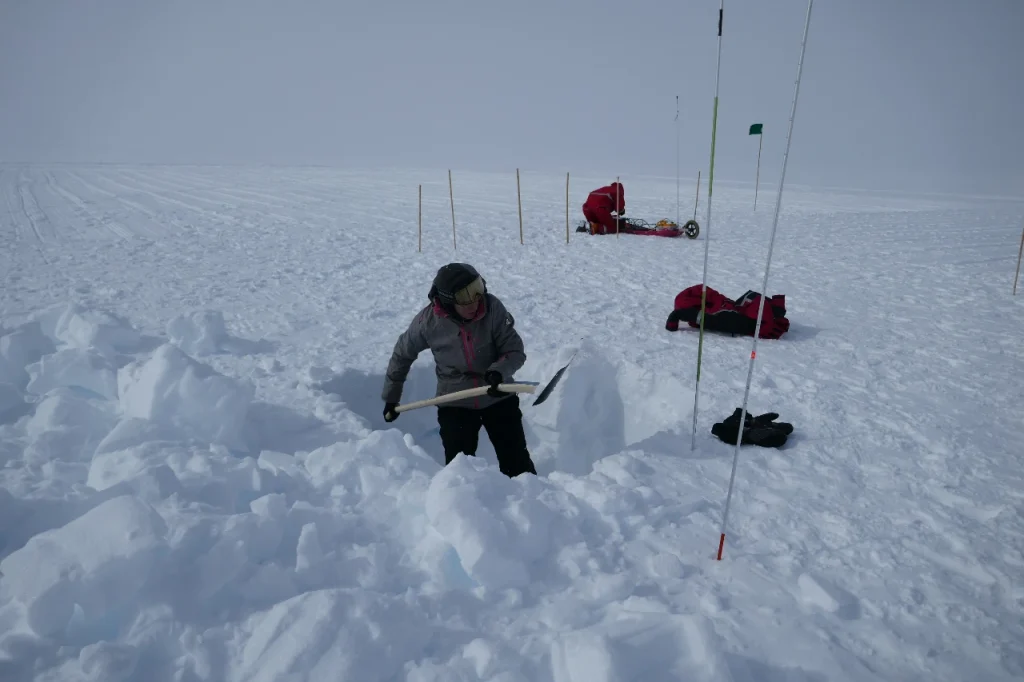
April 2024
New walk-in freezer for ice-core storage is being installed in Brussels
This walk-in freezer will be used to store the basal materials to be processed for gas composition, biomarkers, nitrogen isotopes, and additional (bio)geochemical approaches.
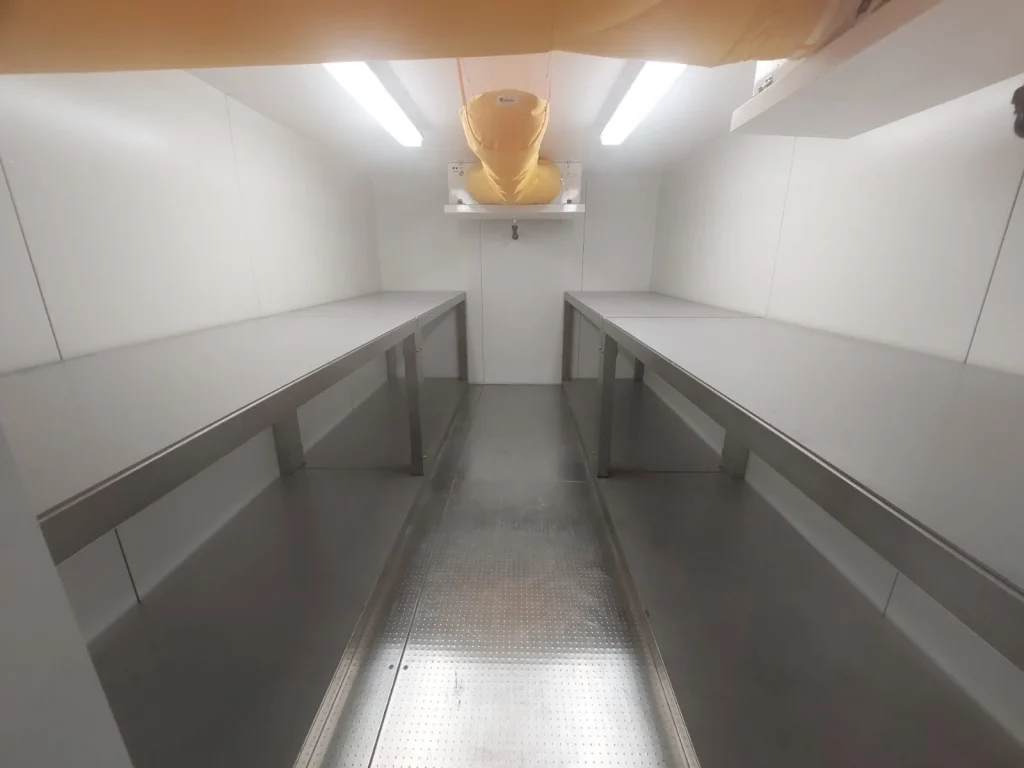
April 2024
New Lab for Studying Nitrogen Isotopes is being installed in Brussels
The setup includes a mass spectrometer and a peripheral for N2O extraction as well as a concentration system including the thermal decomposition. The setup is a collaboration with the Sigman Research Laboratory at Princeton University.
The redox cycling of nitrogen appears to be central in the acquisition of energy and the transfer of electrons in the subglacial environments, with a growing amount of evidence showing active nitrifying and denitrifying communities. This setup will therefore be used to investigate microbial turnover of nitrogen in the subglacial environments.
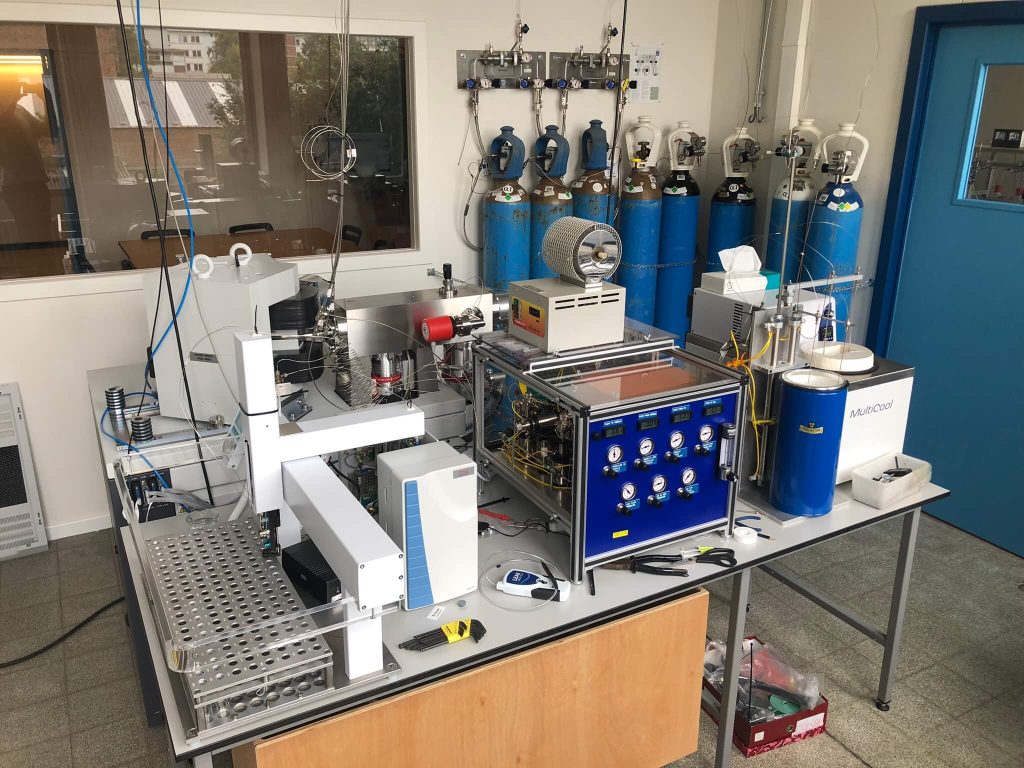
April 2024
Two Scientific Meetings in Copenhagen
In April, Green2Ice organized two scientific meetings in Copenhagen.
On April 15-17, Green2Ice hosted a joint workshop with the GreenDrill project and researchers from GEUS. We discussed synergies between the projects and ways to collaborate in the future.
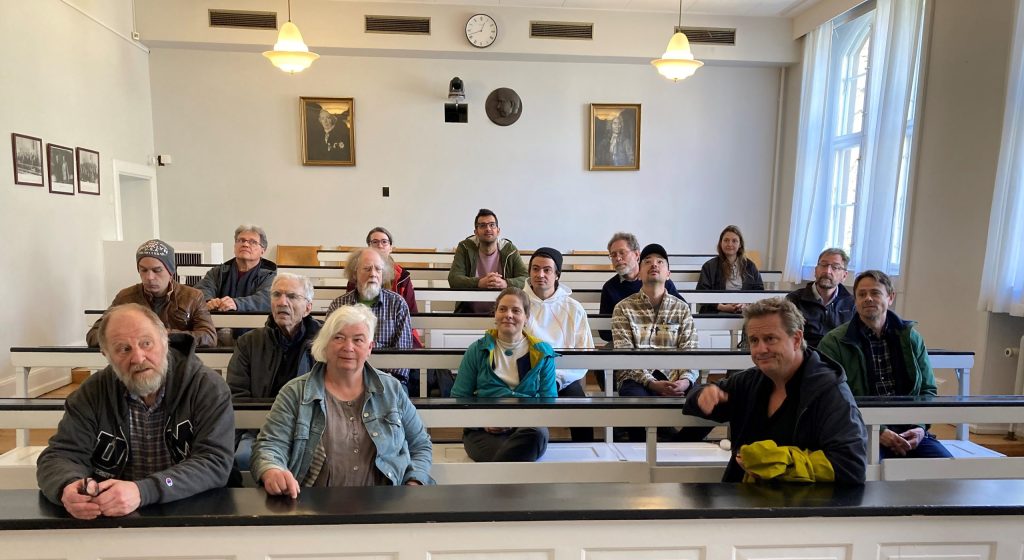
The Green2Ice Annual Meeting 2024 took place in Copenhagen April 17-19 with more than 30 participants from around the world. Thank you to all the participants for contributing to an interesting and fruitful meeting!
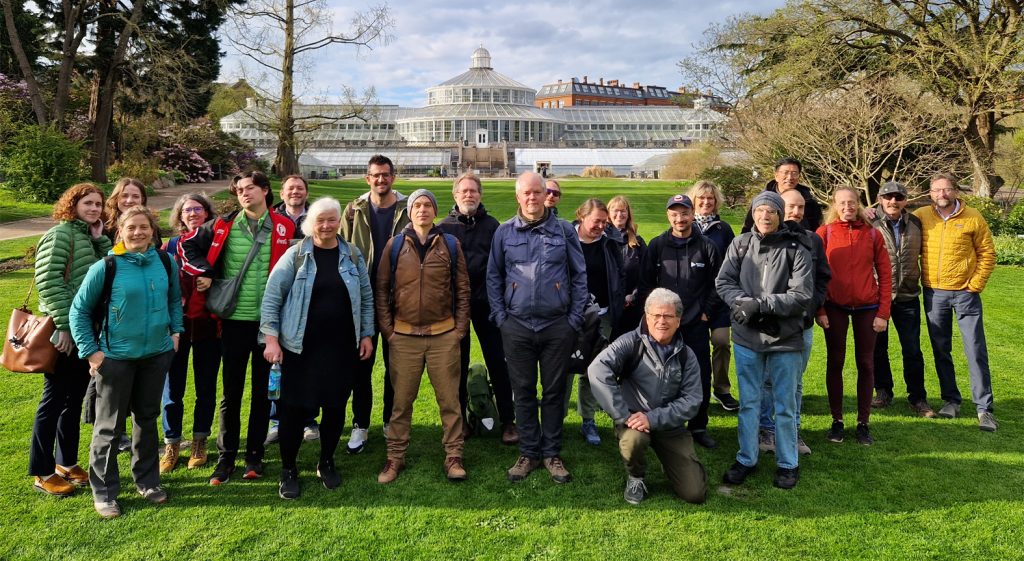
March 2024
Green2Ice Expedition: Team Prepares to Reopen GRIP Borehole for Scientific Exploration.
Preparations for this year’s Green2Ice field work are well underway. A small team of 3 people will go to the old GRIP drill site in early May with the goal of finding and reopening the borehole.
This is no easy task, since the ice core drilling at this site was completed in 1992, so the top of the borehole will now be located under several meters of snow. If the team succeeds in finding the borehole with the aid of radar equipment, the plan is to lower a camera into the borehole to see the conditions in the top of the borehole.
We hope that there is still free passage down the borehole. If that is the case, the plan will be to come back in 2025 and collect material from base of the ice sheet at GRIP.
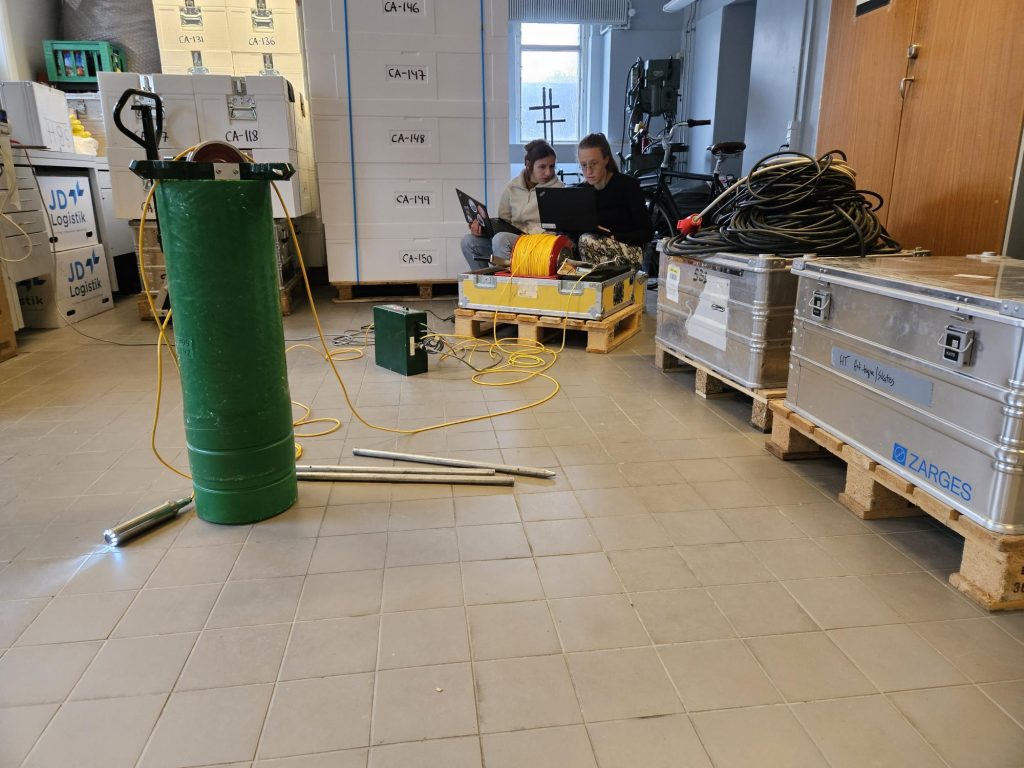
February 2024
New Mass Spectrometers installed in the new Niels Bohr Building
The two new mass spectrometers financed by the ERC Green2Ice project were installed in the new Niels Bohr Building in Copenhagen.
They are the first two instruments to be installed in the new Lab Building.The instruments will be used to measure Argon isotopes in the gasses trapped in the ice cores.
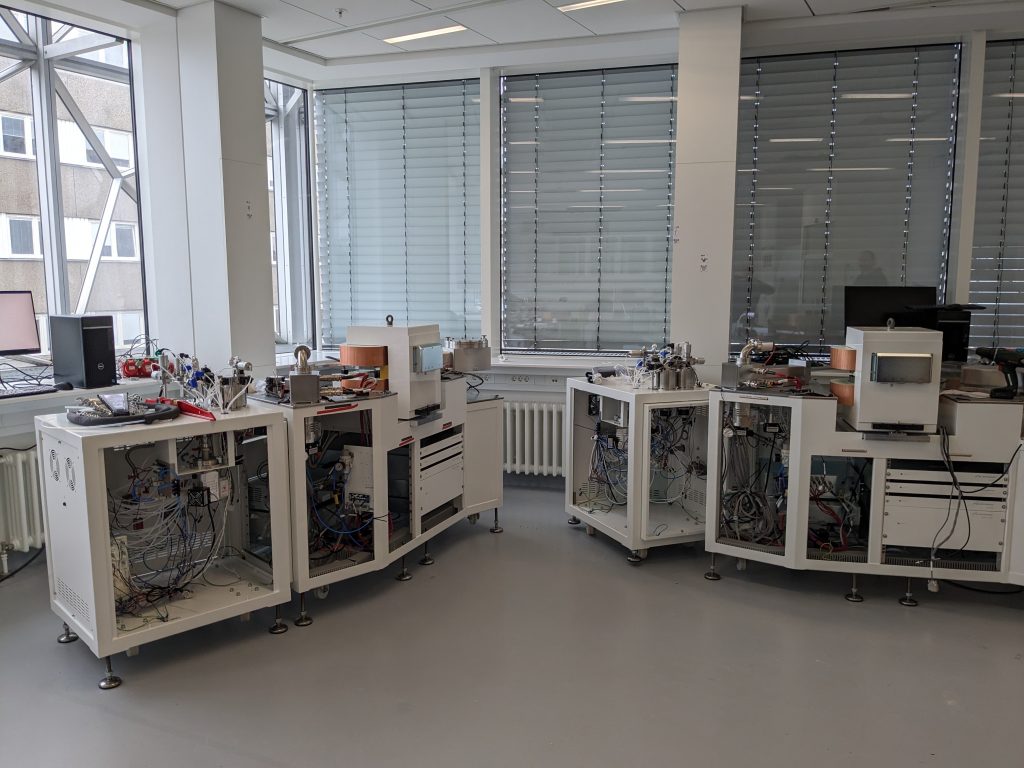
November 2023
Sampling Campaign in the Freezer in Copenhagen
During two weeks in November, researchers from Green2Ice partner institutions inspected and sampled basal ice and sediments from several Greenland ice cores.
Several different kinds of samples were taken for different measurements, e.g. gas concentrations, gas isotope analysis, OSL dating, and lipid biomarkers.
All handling of the samples took place in orange light conditions to not destroy the possibility of using OSL dating.
The ice samples were cut on a band saw while sediments had to be cut on a diamond saw.
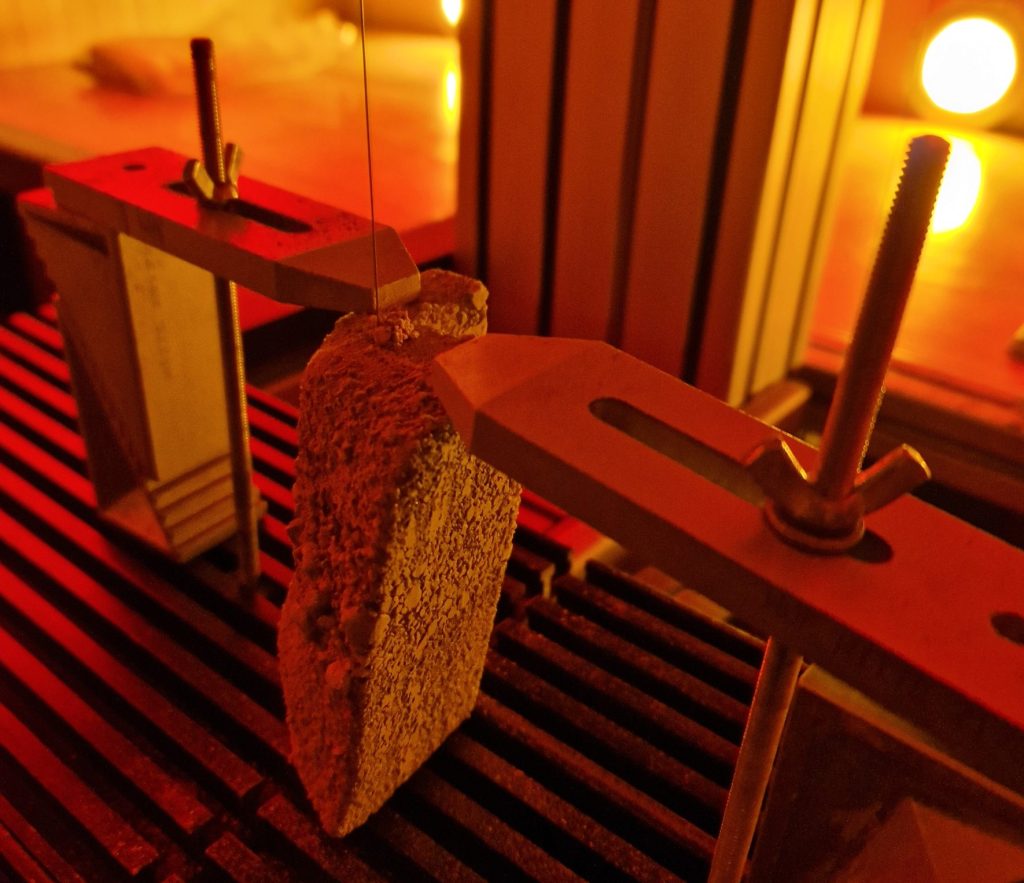
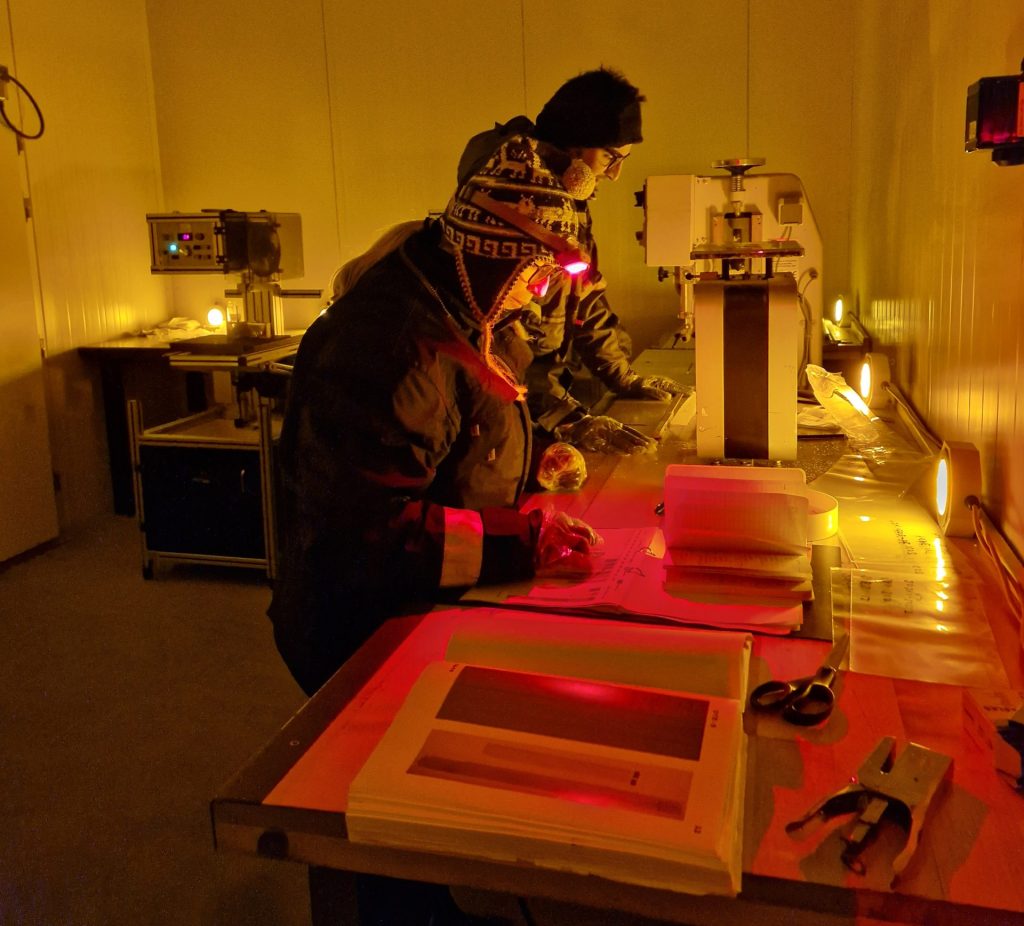
Contact
Green2Ice
NBI/PICE
Jagtvej 132
DK-2200 Copenhagen N
Denmark
